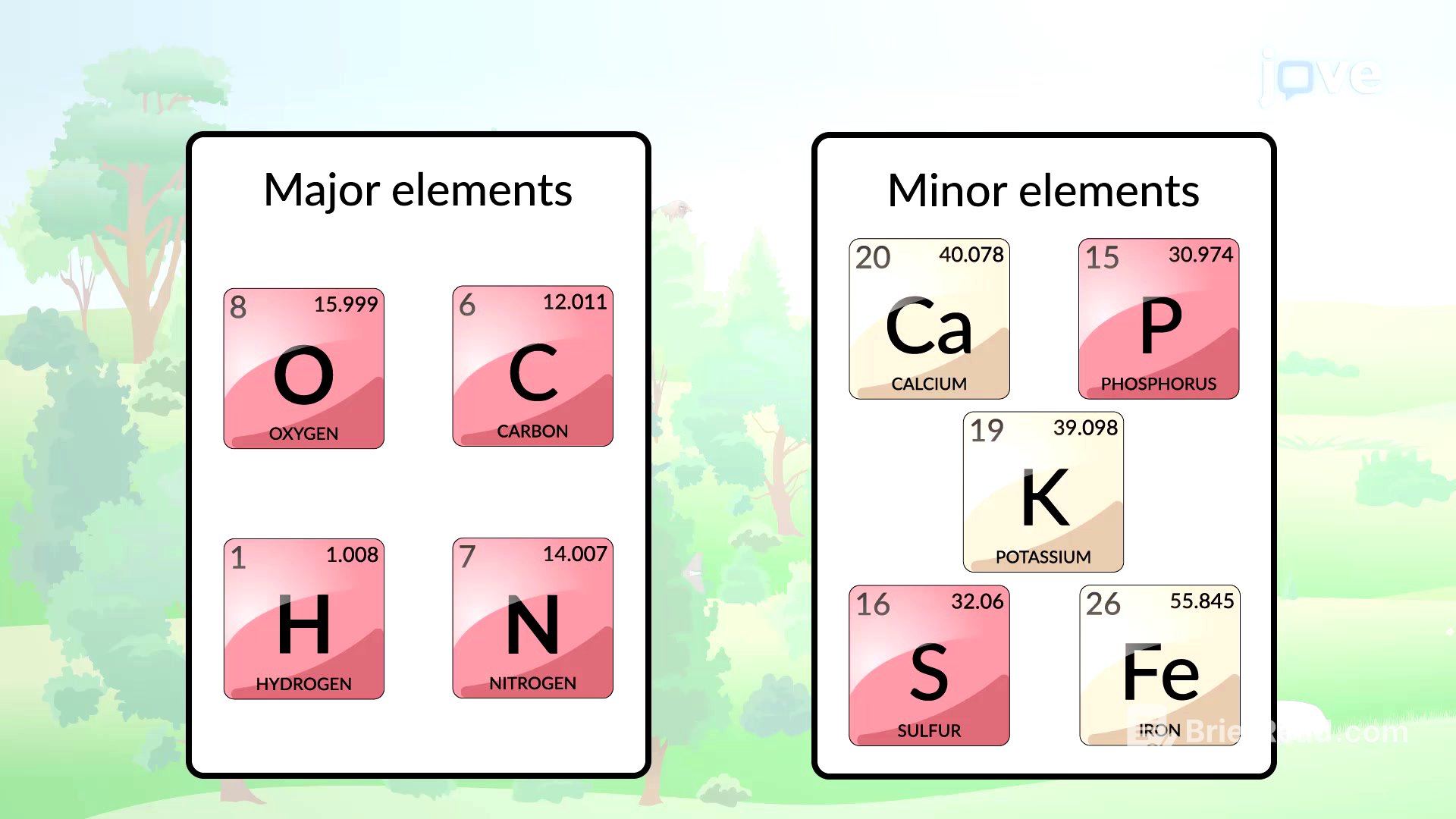TLDR;
This text explores the fundamental elements that constitute living organisms, with a focus on their organization in the periodic table and their roles in the human body. It highlights the importance of major elements like oxygen, carbon, hydrogen, and nitrogen, as well as trace elements essential for health. Additionally, it addresses the harmful effects of certain elements, such as mercury, on living organisms.
- Elements are the smallest units of matter and are organized in the periodic table based on their properties.
- Major elements (oxygen, carbon, hydrogen, nitrogen) make up 96% of the human body.
- Trace elements, though present in small amounts, are critical for health.
- Some elements, like mercury, can be harmful even in small doses.
The Periodic Table and Organismal Elements
Elements are the basic building blocks of matter and cannot be broken down by chemical means. While 118 elements are known, only a fraction are essential for life. Living organisms primarily consist of carbon, nitrogen, hydrogen, and oxygen, with smaller quantities of elements like calcium, phosphorus, potassium, and sulfur. Trace elements are also vital, despite their minimal presence.
Periodic Table Provides Information about the Physical and Chemical Properties of Elements
The periodic table organizes elements by their physical and chemical properties, displaying their name, symbol, atomic number, and atomic weight. The atomic number, indicating the number of protons in the nucleus, determines an element's position in the table. Elements are grouped by reactivity, electron location, and bonding ability. Elements within the same group share chemical properties, while those in the same period are similar in size but differ chemically.
Major Elements and Trace Elements Make up the Human Body
Oxygen, carbon, hydrogen, and nitrogen constitute 96% of the human body. The remaining 4% includes calcium, phosphorus, potassium, sulfur, sodium, chlorine, and magnesium. Trace elements, present in amounts less than 0.01%, are crucial for health. For example, iron is essential for oxygen transport in red blood cells, and its deficiency can lead to anemia.
Some Elements are Harmful to Living Organisms
Certain elements, such as mercury, can be detrimental to health even in small doses. Mercury, a heavy metal, can cause various symptoms depending on the affected tissue and can be fatal in larger doses. It accumulates in organisms over time, posing a risk through repeated exposure. Heavy metal contaminants often enter the food web through plants, affecting organisms at higher trophic levels, including humans.









